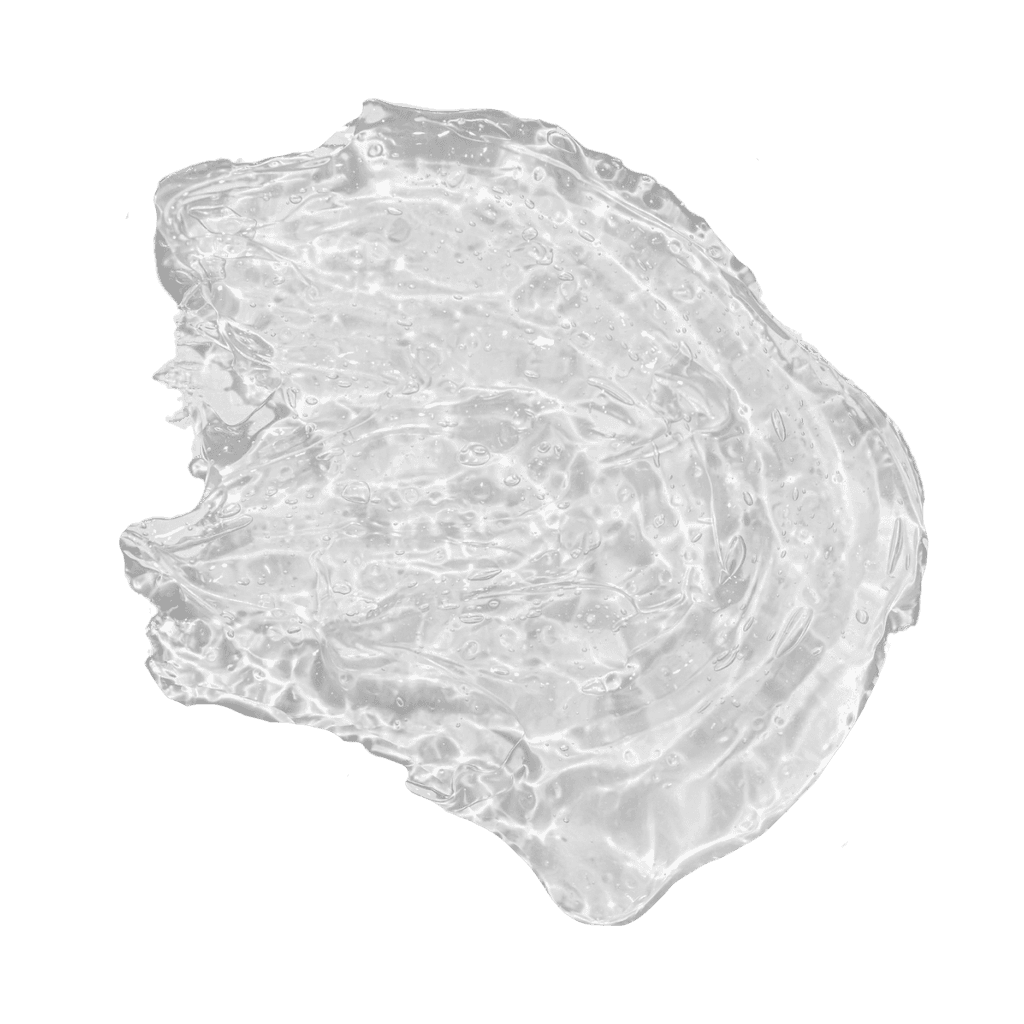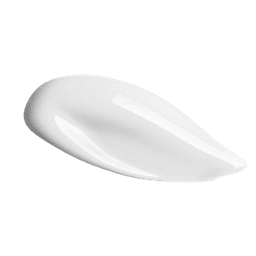Tranexamic Acid
An amino acid derivative clinically proven as effective as hydroquinone for dark spot reduction and melasma treatment. Tranexamic Acid reduces pigmentation signaling in skin to help brighten and reduce hyperpigmentation.

INGREDIENT PROFILE
synonyms
Tranexamic Acid, trans-4-(aminomethyl) cyclohexane carboxylic acid (t-AMCHA), TXA
INCI
Tranexamic Acid
What it Is
Amino Acid derivative; Chemically Synthesized
What it does
decrease melanin production
Targets
Anti-plasmin activity, to inhibit various kind of pro-inflammatory markers Inhibit the release of arachidonic acid and other upstream effects leading to increased melanin production
Find it in
 Even element EE1-01
Even element EE1-01Overview
Tranexamic Acid has emerged as a potent agent in skincare for its ability to target hyperpigmentation. It functions by inhibiting the plasminogen activation pathway, thereby reducing melanin synthesis and diminishing dark spots. Research highlights its effectiveness in treating melasma and providing an even skin tone. Additionally, it demonstrates anti-inflammatory properties, aiding in the reduction of redness and enhancing overall skin resilience.
Skin benefits
Reduces hyperpigmentation
What research has shown
Tranexamic acid (TXA) has been shown to be effective against melasma. It has anti-plasmin activity and is considered first-line pharmacotherapy for melasma1. Several studies have shown that both orally administered and topically applied TXA are effective against melasma and skin hyperpigmentation caused by sunburn and inflammation. The mechanism of action of topical TXA involves the suppression of cytokine/chemical mediator production, which stimulates melanin production via the keratinocyte-derived urokinase-type plasminogen activator and plasminogen derived from dermal vascular in the basal layer of the epidermis. This suppresses the production of excessive melanin to prevent hyperpigmentation.
Peer reviewed science
- Dermatology and therapy (2017)
- Journal of cosmetic dermatology (2015)
- Dermatologic Therapy (2020)



